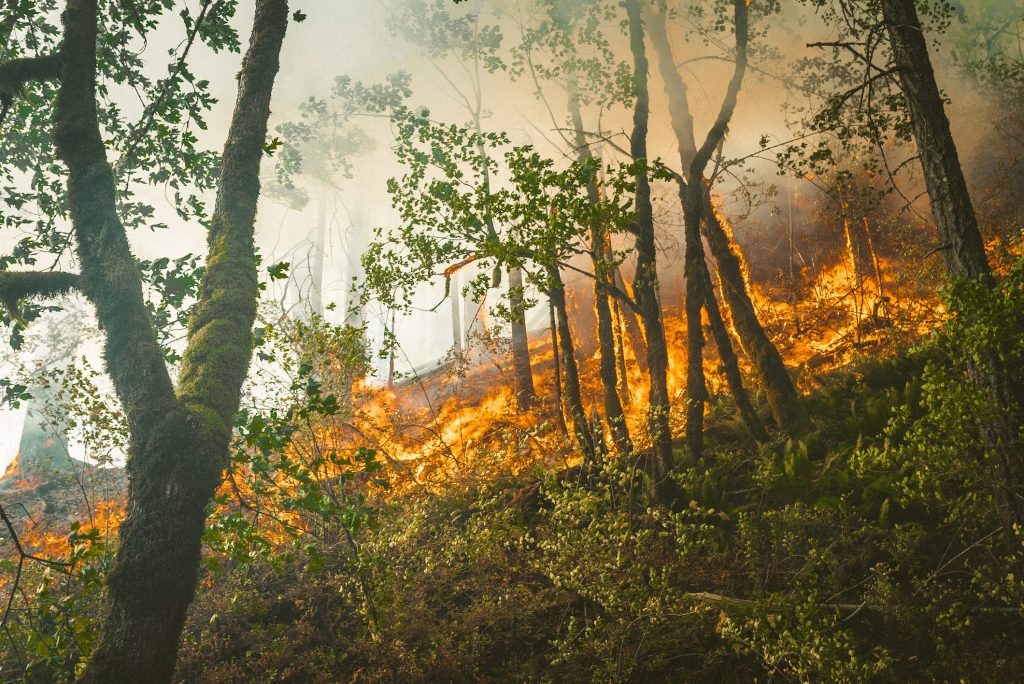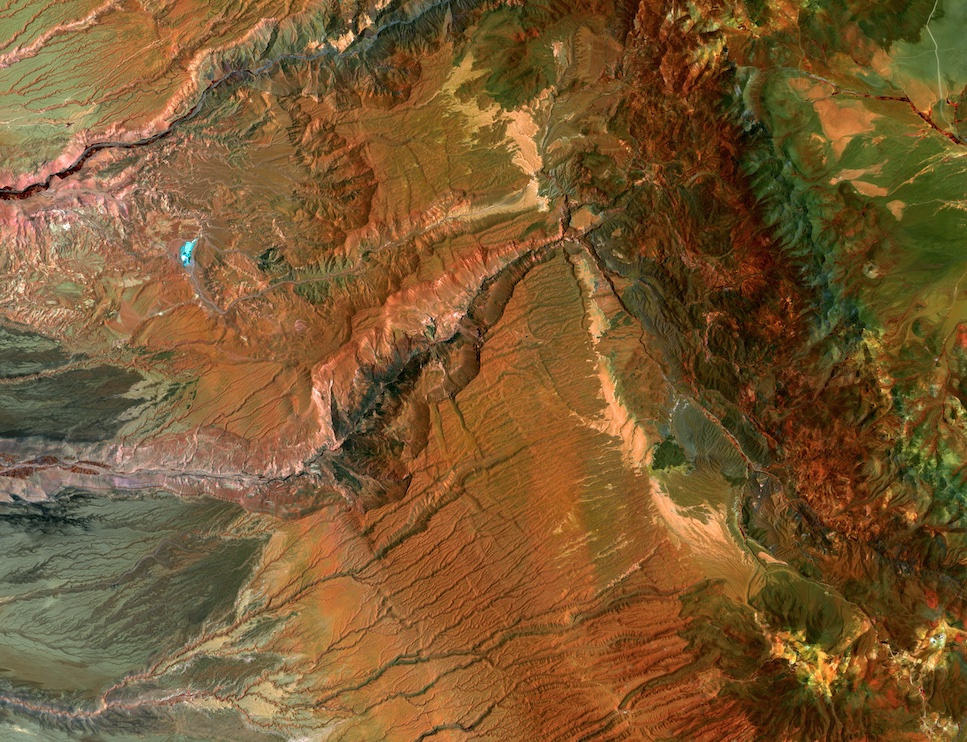Building a more fire resilient California

Overview
The California Governor’s Office of Planning and Research (OPR), the Cal Poly Digital Transformation Hub powered by AWS (DxHub), and organizations from across the state have designed and developed ‘Resilient Sierra,’ a new citizen-focused biomass removal and reuse service that reduces the threat of wildfires and supports a healthier forest while creating a sustainable new source for California wood products.
Problem

Wildfire occurrence, intensity, and threat have increased dramatically over the last 30 years due to historic forest management practices, climate change, and the expansion of human presence in wildland areas. The prevention of natural burning cycles over the last 100 years has increased the amount of fire fuels (i.e. ‘woody biomass’), which in turn increase the intensity of new wildfires. This threatens human and animal life, property, the survivability of large mature trees, and, over time, biodiversity and forest resilience. To address this, the team honed in on the treatment of woody biomass on private lands and the subsequent conveyance of that harvested, reusable wood material to a marketplace for responsible downstream consumption by wood product makers.
Innovation in Action
Prior to developing the solution, an inter-organizational team convened to clearly articulate the issue from the views of multiple stakeholders and disciplines. They elected to focus on Californian semi-rural and rural landowners.
Vegetation treatment and compliance with CalFire requirements around private properties are expensive and difficult to navigate for the average landowner. The logistics of developing a treatment plan, contracting and mobilizing certified Licensed Timber Operators (LTOs), and treating the property in a compliant manner have traditionally resided with the owner of the property. As a result, the team set out to create a new service that would coordinate the aforementioned services on behalf of the landowner, requiring only his or her registration within the application. When a community’s registration levels reach a satisfactory level, a local organization known as ‘Resilient Sierra’ administers the coordination, removal, and transportation of the woody biomass for all parties and aggregates the material in a traceable, digital marketplace for woody industry off-takers to purchase. Over the course of eleven, two-week design sprints, experts at the DxHub, technology developer Scale Capacity, Inc., Cal Poly Humboldt, and OPR, along with a variety of regulatory and community stakeholders, developed a solution that includes the following user benefits:

| Private Landowner | Licensed Timber Operator (LTO) | Resilient Sierra Manager |
|
|
|
Technical Solution
The technical back-end powering the Resilient Sierra application uses a combination of AWS cloud services, satellite image-based model estimates of accumulated woody biomass (provided by Cal Poly Humboldt), and high-resolution imagery and machine learning-powered analytics to produce personalized fire risk assessments of individual properties (provided by Cape Analytics).
The primary solution is comprised of a serverless web application hosted by AWS Amplify and primarily utilizes API Gateway and Lambda functionality. For long-term application data, the administered Amazon Aurora’s serverless database. The Resilient Sierra application requires user authentication and uses AWS Cognito to register new users and provide authorization groups for the various persona types required. To send and receive emails through the application, the team employed Amazon Simple Email Service and Amazon WorkMail. These services allow the application to send outbound emails within the application to new users as well as facilitate email verification for new users. Route53 provides domain registration and endpoint configuration.
The use of serverless infrastructure will allow the application to scale as new users complete their onboarding journeys. The architecture is maintained and deployed leveraging AWS CodeCommit, CodeGuru and CodePipeline, enabling fast-paced agile development practices to ensure the application continues to meet user needs.

Conclusion
The new ‘Resilient Sierra’ program will enter its pilot phase in the spring of 2023, and will feature a small batch of early adopters to gather feedback on application features and functionality, user experience, and operational requirements to enable statewide scaling to regions of focus. For further information or interest in being an early adopter contact Michael.Maguire@opr.ca.gov.
